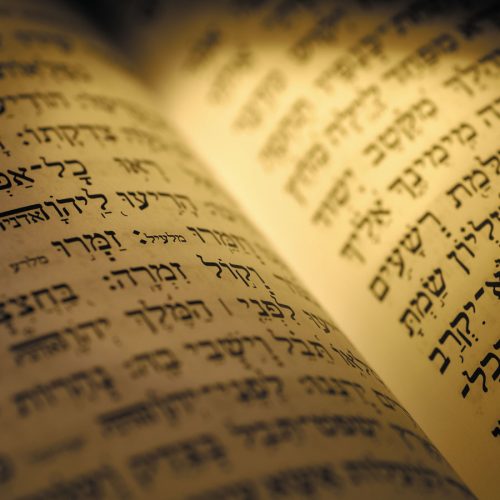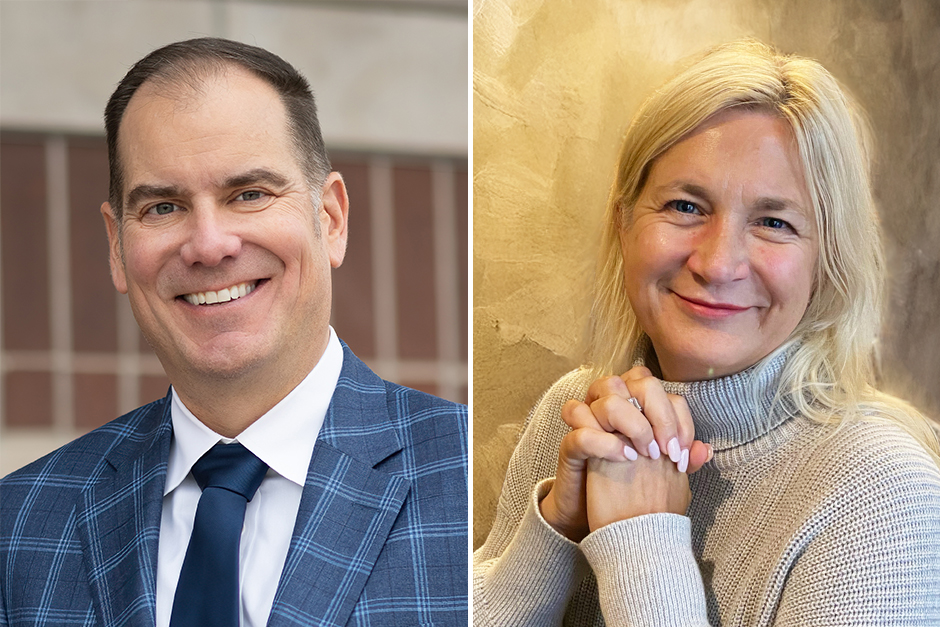18 things we did in 18 days
At Cornell the territory we cover in each class is the same as on a semester system. The path we take, however, is an entirely different journey. By immersing ourselves for 18 days, One Course At A Time, we mimic the working world where projects are finished in weeks, not months.
Students take pride in finishing a semester’s work in three-and-a-half weeks. Alumni routinely say One Course prepared them for graduate study and their careers. Thus, a common motto of Cornellians since 1978, sprinkled in conversations, posted on social media, and printed on T-shirts, is “I can do anything in 18 days!”
In that spirit we surveyed faculty, students, and alums to gather a list of 18 things they worked around the block to complete. We were amazed at what we found.
Produced a stunning digital Shakespeare story
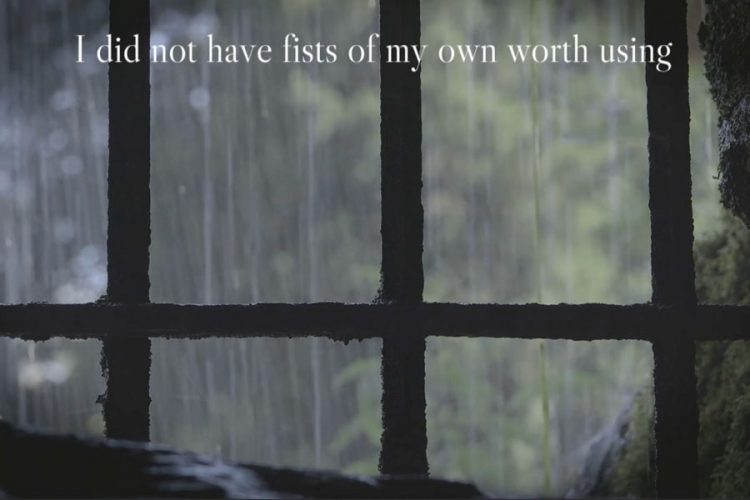
ENG 327: Shakespeare after Shakespeare
In this course taught by Shakespearean scholar Kirilka Stavreva, students learn about historically and culturally diverse forms of Shakespearean performances on stage and screen. Then they learn to record and edit audio and video and begin creating their personal digital story. They record themselves reading a selection by Shakespeare, then enhance it with audio effects, the development of a personal story that echoes it, and a complementary section from Shakespeare or contemporary writing—weaving it all together with visuals and audio. The Stephen Lacey Memorial Shakespeare Fund enables the course.
Designed a wheelchair that climbs curbs
PHY 312: Advanced Experimental Physics
EGR 385: Engineering Design Project
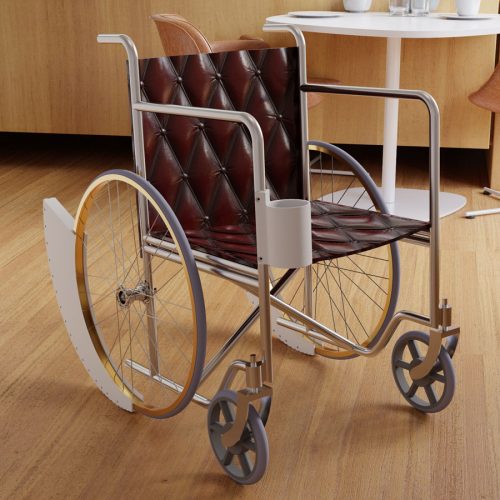
In this capstone course for engineering and physics majors taught by Professor Derin Sherman, my group designed and built a wheelchair that climbs street curbs and door thresholds. We divided our efforts between the members of the group to explore two possible solutions. The solution I worked on essentially wrapped a ramp around the wheels of the chair. It was great because we used concepts we had learned from almost all of our engineering classes. We used decision-making strategies we had learned from our first Intro to Engineering class, as well as knowledge from classes such as Engineering Materials, Manufacturing Processes, and Mechanics of Deformable Bodies.
I found the capstone particularly enjoyable because I was able to commit nearly all of my time throughout each day to the project. I could go to our project workspace early in the morning or late at night to work on our design or check on 3D printers. —Peter Weber ’22, engineering technician for Cornell’s Department of Physics and Engineering
Experienced China’s economy, culture, and cuisine
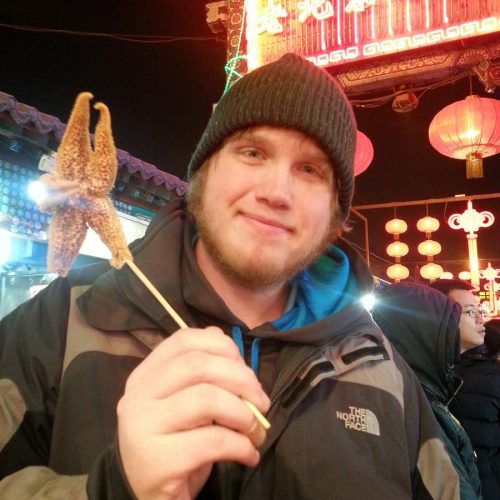
ECB 321: Macroeconomics Seminar
In one block we traveled to Shanghai, Chengdu, and Beijing to get a hands-on look at how China went from an insulated, largely agrarian, economy representing less than 1% of global trading in 1978, to a diverse and largely global economy built on trade. Most days we spent the mornings doing regular classwork with Professor of Economics Todd Knoop, and the afternoons were filled with cultural activities and business visits. We visited temples, cruised the Bund, saw baby pandas in their nurseries, and walked the Great Wall of China. We visited businesses ranging from street vendors to a family-owned box factory. We also had the opportunity to visit a large multinational corporation, Lenovo, and talk with some of their mid-level leaders. We were able to see the full range of the Chinese economy from farms and steel manufacturing all the way up to the building of laptops. We also had the opportunity to enjoy the best of Chinese cuisine, which cannot be underestimated. —Rick Simkins ’15
Traveled Europe exploring the Holocaust and human rights
POL 244: Holocaust and Human Rights in Europe
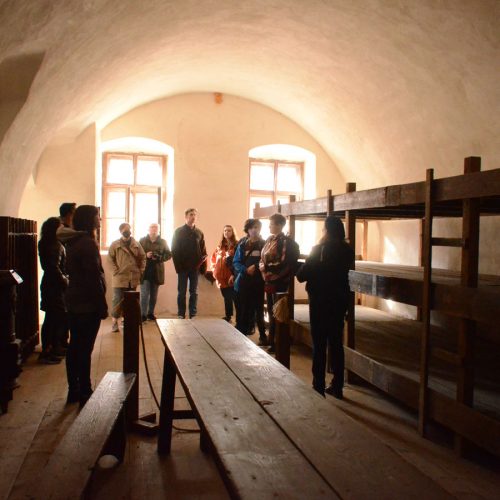
In Holocaust and Human Rights we visited Germany, Czechia, and Poland to learn about the Holocaust, the events that led up to it, and its repercussions later, as well as more current human rights situations such as the refugee crises during the wars in Syria and Ukraine. We explored five concentration and extermination camps—Sachsenhausen, Ravensbrück, Terezín (Theresienstadt), Auschwitz, and Majdanek—and numerous museums and cultural sites devoted to history and remembrance. We met with U.S. embassy officials in Warsaw and Berlin to learn about how our diplomats do their work abroad and how they address human rights concerns and memorialization.
As challenging as this material is emotionally and intellectually, we also had the opportunity to spend time experiencing the food, culture, and customs of several vibrant and beautiful European cities: Berlin, Prague, Kraków, and Warsaw. We had a group dinner together in each city to experience traditional local cuisine and visited tourist highlights such as Berlin’s Tiergarten and Cracow’s Wawel Castle. The students had a free day in each city and time every evening to follow their own interests. — Professor of Politics David Yamanishi
Created a class quilt exploring social issues
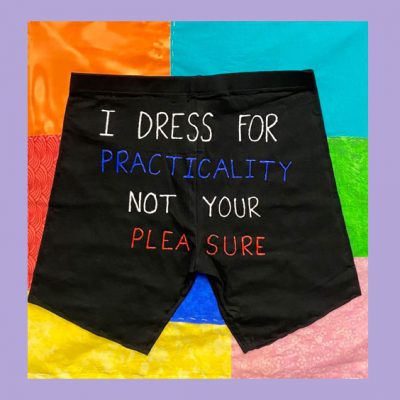
ART 200: Art and Community (Second-Year Seminar)
In this Second-Year Seminar—a series of courses across the curriculum taken during Block 1 of the sophomore year—students investigated the intersection of art and community through hands-on studio art projects. Professor of Art Susannah Biondo-Gemmell’s course included one project where each student created a quilt block expressing an opinion on one enduring or current social issue. Students learned to record and edit audio so they could include a spoken reflection. Then, as a class, they created a physical quilt from the blocks, along with a digital quilt that includes written and audio narratives on issues ranging from sexism to police killings to rising sea levels.
Initiated a podcast critiquing high school reading lists
ENG 411: Senior Seminar
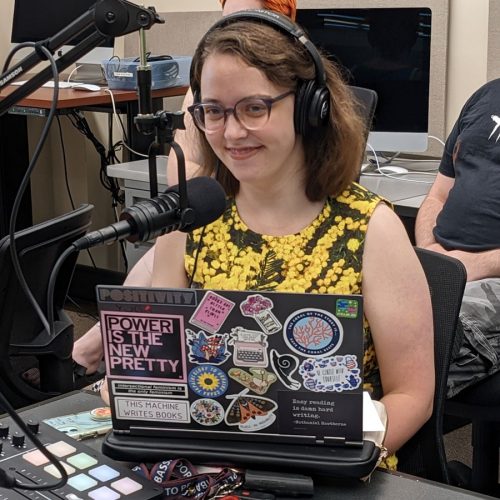
The final course for English majors last fall culminated in a series of projects to benefit the world beyond campus. One of them was “Exposing Your High School Reading List,” a professional quality podcast dedicated to unpacking and improving the high school English curricula in the United States.
Greta Henderson ’23, part of that podcast team, said the goal was to share research in the English field with a general audience in the same way other disciplines do. “Scientists get to share their research by explaining how it has an impact on health or the environment, for example. English doesn’t get to do this as often. Professor Katie Sagal wanted us to examine how our learned abilities to analyze and process English literature could be valuable when marketed correctly to a general audience. That’s how all of our projects, but especially ‘Exposing Your High School Reading List,’ was born.”
Hear “Exposing Your High School Reading List” (or on Spotify and Amazon Music). And read more about all the Senior Seminar projects from that class.
Invented a new lab experiment
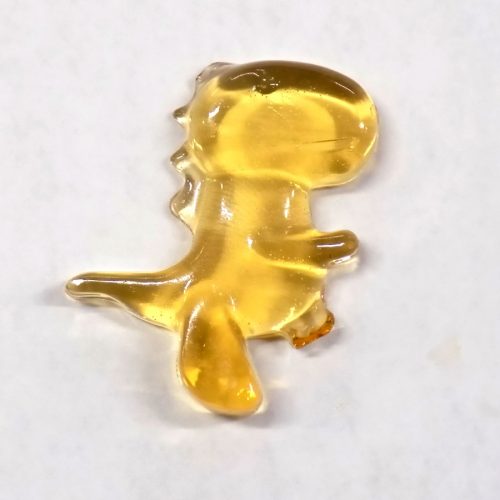
CHE 485: Chemical Research
Larry Tieken ’24 worked on an independent research project during the fall of 2022, and in 18 days we created a new “green” experiment for the organic chemistry lab. The experiment uses microwave ovens to prepare an environmentally friendly polymer. The biodegradable polymer is polylactic acid and is used in 3D printing and many other applications. It is also used for internal sutures because, over time, it can decompose into lactic acid, a molecule that is already metabolized in the body.
The experiment was tested in both organic lab courses last year with a good deal of success, and it will continue to be used.
This is part of an ongoing tradition of developing new experiments at Cornell in the spirit of Professor Emeritus of Chemistry Addison Ault. — Professor of Chemistry Charley Liberko
Explored Rome in depth
ART 364: Rome Reborn: Caput Mundi
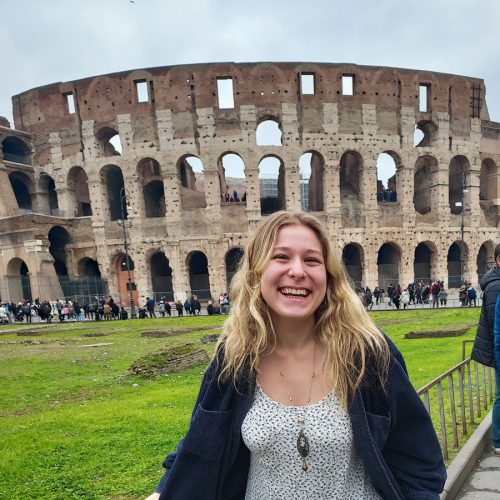
I absolutely loved my trip to Rome with Professor of Art History Christina Penn-Goetsch. We explored major sites within Rome, like the Roman Forum, the Colosseum, and many beautiful churches. We also were able to explore Vatican City and received a special, once-in-a-lifetime tour beneath St. Peter’s Basilica by an archaeologist. There was even a day trip to Pompeii, which as an archaeology and art history major was such an exciting experience! We took a day in Hadrian’s Villa in Tivoli, where we ate lunch inside an ancient Roman bath. We explored culture, art, architecture, and history through a vast range of years, from the beginning of the Roman Empire through World War II.
Even though our days were full of walking around Rome and exploring countless museums, we still wrote about what we were learning and read books and articles to help expand our understanding. Very little information was provided on-site for the art we saw or the places we visited, which allowed us to do our own research, talk to one another, and use our own interpretations to better understand what we were seeing. The trip really allowed me to develop my observation skills, practice a foreign language, use research, and even just helped me learn how to navigate a different city and country on my own! The block plan provided us with just the perfect amount of time to explore, and learn so much along the way. —Natalie Zenk ’25
Learned to translate in Hebrew
During my years at Cornell College I studied Biblical Hebrew with Professor Steven Sacks. The first skill we honed was to sight-read the Hebrew alphabet, allowing us to sound out (more or less) sentences in a new language. After our introductory course I continued in an independent Hebrew reading class with a couple of other students, where we slowly translated passages from Genesis. We would read simple passages and parse lines together while drinking tea. The greatest challenge for me was mastering the vocabulary and learning how to quickly look up words in our huge dictionary. But I loved the small class size with the four of us—it gave me lots of opportunities to improve and set me up for success in graduate school studying Middle Egyptian hieroglyphs. —Paige Brevick ’13, Ph.D. candidate, Institute of Archaeology, University College London
Completed a financial analyst report
ECB 359: Asset Valuation

In the Asset Valuation course, my students experience a financial analyst’s main job duties by researching a publicly traded company and writing a report. Each group of three to five students picks a public company and conducts analysis. Every day their task is closely related to the lecture content, which is based on knowledge and skills they have learned in economics, accounting, and finance courses.
With rich information from Cornell’s subscription to the S&P Capital IQ database, students learn about how to collect and process information to write a professional report, using rigorous reasoning skills, language in the finance industry, appropriate tables and figures, and user-friendly formats. They also learn about potential problems and difficulties that a financial analyst may face in preparing for the report, actively look for sound solutions, and learn from their mistakes. This course helps students prepare for a career as a financial analyst. — Associate Professor of Finance Huan Cai
Saw 18 shows in 18 days
THE 349: Theatre and the Arts in Chicago
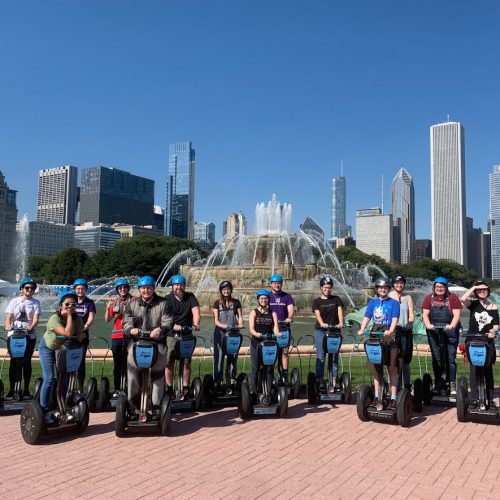
In Theatre and the Arts in Chicago, we typically spend two-and-a-half to three weeks seeing a variety of shows in venues ranging from small storefront theatres to major regional theatres, including Goodman, Steppenwolf, Lyric Opera of Chicago, and Lookingglass Theatre. We generally see between 18 and 24 shows each trip, and watching three shows in one day is not uncommon. The class discusses each production as part of the course and select performances have talkbacks with the artists directly (we met with members of Blue Man Group, for example, on the last trip). Students also meet a variety of professional alumni in the Chicago area.
The class regularly visits the Art Institute of Chicago and often also visits the Museum of Contemporary Art. We tour the Chicago Scenic Studios, a major scenic fabricator, and Broadway Costumes, one of the largest costume rental houses in the country. Students also tour the harbor and museum campuses via Segway. — Professor of Theatre Scott Olinger
Read all of Goethe
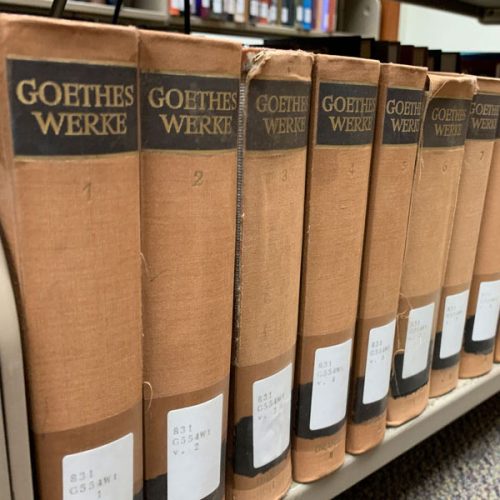
GER, FRE, ENG
In 18 days I
- Read “all” the major works of German author Goethe in an upper-level German course taught by Professor Charles Connell.
- Read “all” the major works of 19th-century French authors (Hugo, Baudelaire, Rimbaud). Same for the French Middle Ages and Renaissance!
- Wrote and revised three short stories in Professor Robert Dana’s fiction writing class.
—Ric Morris ’90, professor of Spanish and linguistics at Middle Tennessee State University, Murfreesboro, Tennessee.
Investigated a little-known slave narrative
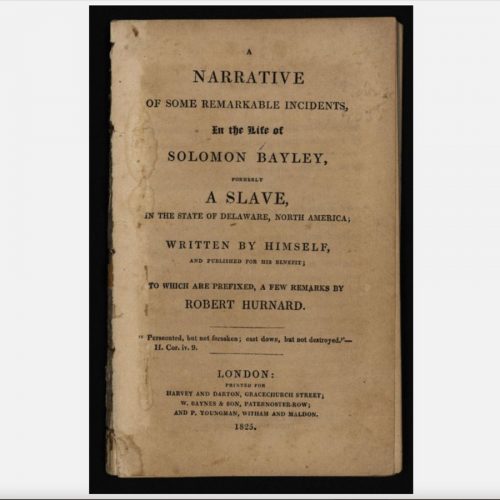
ENG 351: The Slave Narrative
During my Slave Narrative class we were asked to first study and understand more popular narratives and the historical climate of the 19th century so we could apply that knowledge and awareness to a lesser-known text. For that unfamiliar text, I selected Solomon Bayley. His narrative was published in 1825, before the Civil War. It’s important because it was published by a white man named Robert Hurnard, who helped him write his narrative based on correspondence through a series of letters.
From his narrative I learned about the importance and influence of religion, the authenticity of the narrative when it’s attached to a white person’s name and reputation, and problems and approaches when using testimonies of ex-slaves. As a person of color, learning about Black history through narratives, documentaries, and media helped me better understand a difficult and less-approached subject in history. Professor of English Rebecca Entel taught us how to approach narratives both analytically and empathically. —Ava Devaud ’26
Composed a research presentation on transitioning singers
MUS 308: Vocal Pedagogy

I took Vocal Pedagogy with Dr. Chris Nakielski in Block 5 of my sophomore year. In the class, we learned about the structure of the vocal folds and the throat and how they produce sound. About halfway through the class, we had a guest speaker talk to us about how the structure of the throat and vocal folds change after someone undergoes a gender-affirming physical transition. That really piqued my interest as someone who doesn’t identify as cisgender and is part of the LGBTQ+ community. Dr. Nakielski told us that for our final we had to do a research project to expand on a topic we discussed in class, and after that speaker came to class, I knew that I wanted to research it further.
Originally I was going to research both male-to-female and female-to-male singers, but there wasn’t enough time to give both of them the justice they deserve. I settled on male-to-female because it consists of more change to the throat and vocal structure. In the remaining 7-9 days of class, I was able to put together a 32-slide presentation that covered terminology, hormone therapy, laryngeal surgeries, examples of current transgender or non-binary singers, and repertoire suggestions for transitioning voices. This research inspired me to participate in the Cornell Summer Research Institute the summer before my senior year and expand on what I have already learned. —Luna Higgins ’24
Built a digital travel narrative of the Mongol Empire
HIS 259: Travel Tales: Encounters with Others in the Premodern World
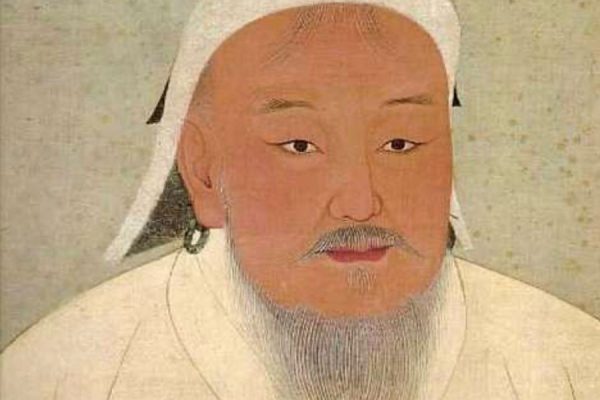
Students in Professor of History Michelle Herder’s course read travel accounts from the medieval and early modern world (some real-life, some fictional), then created their own digital storytelling travel narrative using ArcGIS StoryMaps. Students researched their subject, learned the software, and built interactive maps that incorporated text, images, art, and other multimedia.
Nevaeh Quimby ’24 created a beautiful scrolling webpage offering an overview of the expansion and cultural differences of the Mongol Empire’s Khanates, dating back to Genghis Khan. The journey through her pages shows movement over space and time through global maps, colorful images, art, and destinations. See the full project.
Started my podcast, the ‘Hilltop Sports Report’
KIN 106: Introduction to Sports Journalism
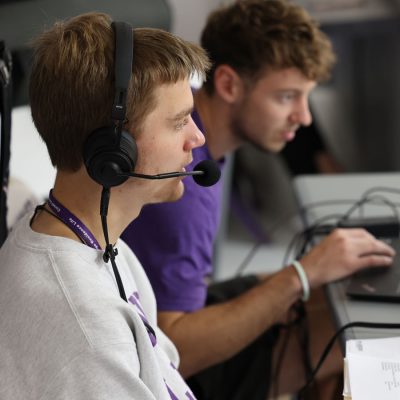
Professor Justus Hallam’s KIN 106 class really delivers the essentials of sports journalism, and I particularly enjoyed learning about podcasts. The course explored Audacity, a podcast editing software, and included a dedicated class session in the Academic Technology Studio to learn more about the preparation process. Justus also explained how to approach interviewing guests in multiple forms (podcasts, feature articles, game recaps, and more). He provided encouraging and constructive feedback, which I consider instrumental in shaping my podcasting abilities as I continue beyond the classroom.
In fact, I enjoyed my podcast assignment so much that I worked with Assistant Director of Athletics for Communications Kerry Kahl to create a Rams Athletics podcast, “The Hilltop Sports Report.” I had a blast working on the nine podcast episodes during the last academic year, and I am looking forward to continuing the podcast. It has been incredible to chat with Rams student-athletes, coaches, and administrators. I am grateful to Justus for giving me the framework and tools to begin my podcasting journey! —Jack Carlson ’26
Follow “The Hilltop Sports Report” online.
Launched a teaching career
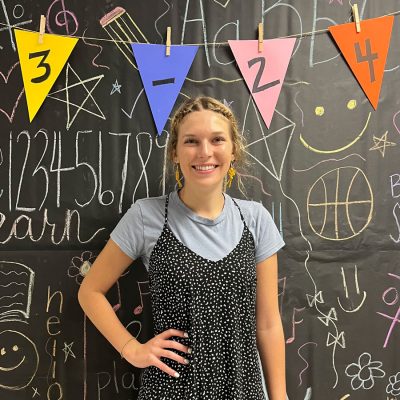
Numerous EDU methods courses
Our junior education majors complete their first teaching methods course Block 1 where they put theory into practice by spending an entire week in the public schools. This unique opportunity, made possible by the block plan, sets them on a path toward professional development that culminates in their student teaching experience.
During that one short week, they have the opportunity to plan and teach individual lessons and learn the subtle nuances of managing students in the classroom space. Afterward they reflect on this first leg of their professional journey through group discussions and complete a two-week unit plan that allows them to use their content area knowledge and pedagogical expertise. —Professors of Education Jill Heinrich and Kerry Bostwick
Helped address homelessness in Cedar Rapids
SOC 200: Housing is a Human Right
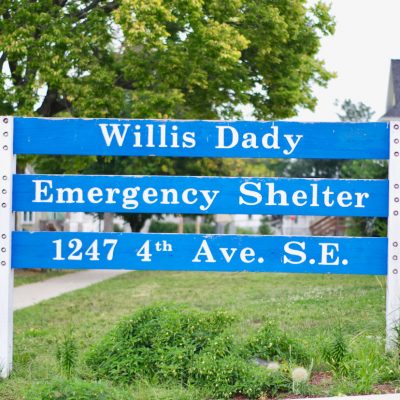
Students in my Second-Year Seminar: Housing is a Human Right learn about the ways housing issues in the U.S. are emblematic of and perpetuate social inequality. As a way to address the problem, we work directly with Willis Dady Homeless Services in Cedar Rapids to research best practices for homelessness services. At the beginning of the block, we tour Willis Dady Shelter and work sites, meet the leadership staff, and learn about their programs. Small groups are assigned to work directly with a staff member on their specific topic. They meet weekly to gather information, explore ideas, and share progress. I meet with the groups to ensure their projects are rooted in both the academic research we’ve engaged in throughout the course, as well as the practical industry research and literature related to their topics. We then host Willis Dady staff at Cornell at the end of the block and the groups present their research. — Professor of Sociology Tori Barnes-Brus ’97
We just couldn’t stop at 18 things, so here is a bonus 19th thing a Cornell student did in 18 days:
Composed, produced, and recorded an original song
ENG 374: Advanced Topics: Fan Fiction
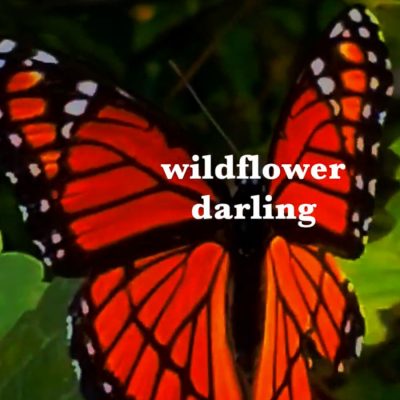
For the final project of this new course with Assistant Professor of English and Creative Writing Katie Sagal, we all created original fan works that made some kind of intervention into an existing fandom of our choice. My project was centered around the “Anne of Green Gables” books and the recent “Anne with an E” television adaptation. I wrote, and later recorded at the Academic Technology Studio, an original song inspired by the character of Anne. Anne’s connection to nature and imagination is something I have found deeply inspiring ever since I was young.
One of my favorite quotes from “Anne of Green Gables” is this one: “Dear old world, you are very lovely, and I am glad to be alive in you.” I wanted this song to represent the feeling of that quote and act as a reminder to go and rediscover that sense of wonder, reconnect with your own imagination, and find and revel in sources of joy, happiness, and good in the world. —Eliza Carlson ’25

